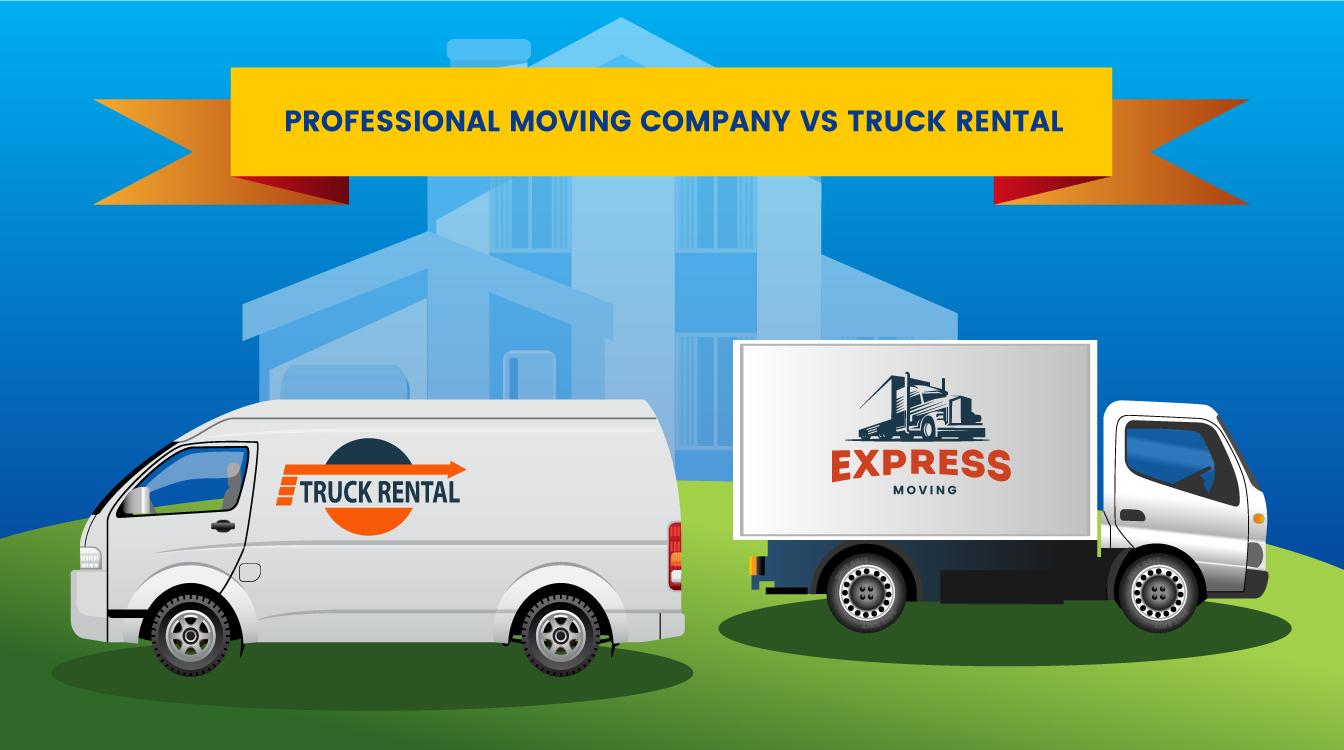If you’re planning for an interstate move, you probably have a lot of concerns ahead.
This article offers a fresh look at how to saiba mais handle long-distance moving effectively.
Let’s dive into the world of interstate relocation and uncover what it really takes to move to another state.
Understanding the Scope of Interstate Moving
When you cross state lines, your move falls under federal regulations, typically overseen by the FMCSA (Federal Motor copyright Safety Administration).
For example, some states have agricultural checks, item bans, or specific rules on transporting vehicles.
Understanding the scope of an interstate move prepares you to budget more accurately, manage your time better, and set realistic expectations for delivery and setup.
Finding the Perfect Cross-State Moving Partner
Selecting the right interstate moving company is crucial for a successful relocation. Start by checking for proper licenses and insurance—legitimate companies must have a USDOT number issued by the Department of Transportation.
Ask about additional fees such as fuel surcharges, long carry charges, or storage if needed.
Taking time to vet your moving company can save you stress, money, and avoidable delays.
Understanding Interstate Moving Price Calculations
Timing matters too: moving during peak seasons like summer or holidays can drive prices up by 20–30%.
If you request professional packing, furniture disassembly, custom crating for delicate items, or temporary storage, these all add to the base price.
For example, if your home requires movers to carry boxes up multiple flights of stairs, or if truck access is limited by narrow roads or urban restrictions, extra fees may apply.

Step-by-Step Guide to Organizing a Long-Distance Move
Early preparation gives you enough time to handle unexpected challenges calmly.
Decide what to sell, donate, or discard to reduce weight and save on moving costs. Less volume often translates to lower transport fees, so decluttering pays off.
Finally, prepare an essentials kit for the days surrounding your move.
Comparing Different Interstate Moving Services
Not all interstate moving services are the same, and understanding your options helps you choose wisely.
Container services (like PODS) offer flexibility: you load the container yourself, and the company transports it across state lines.
When comparing services, consider your priorities: Do you value convenience or budget?

How to Prevent Problems During an Interstate Move
Many people wait too long to book movers, only to find limited availability or higher rates.
Always verify USDOT numbers, insurance policies, and read contracts carefully before committing.
Using cheap boxes, skipping labels, or failing to protect fragile items increases the risk of breakage.
Budget-Friendly Strategies for Interstate Relocation
To cut costs on interstate moving, start by downsizing.
Some movers offer price matching, discounts for flexible dates, or savings for booking during off-peak seasons.
Lastly, consider doing part of the work yourself.
Final Thoughts on Moving Between States
From selecting a mover to managing costs, each choice shapes the outcome of your move.
By following expert tips and avoiding common mistakes, you can reduce stress and ensure your belongings arrive safely.
With the right mindset and resources, moving to another state can be a smooth and rewarding transition.
Your Interstate Moving Questions Answered
What’s the cheapest way to move between states?
You can also pack and load yourself to cut labor costs while hiring movers only for transport.
What’s the best timeline for booking interstate movers?
It’s best to book movers at least 6–8 weeks in advance, especially during busy seasons.
What items are movers not allowed to transport across state lines?
Always check with your moving company for a detailed list of prohibited items.
Do I need extra coverage for my interstate move?
Most interstate movers include basic valuation coverage by law, but it’s minimal.
Can I track my belongings during an interstate move?
Ask your company about their communication methods and tracking options.